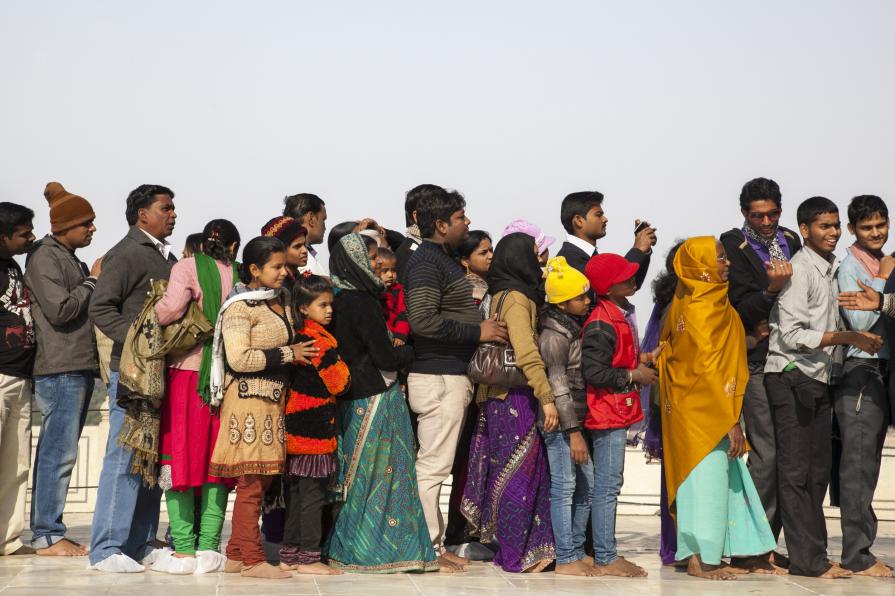
Pilgrimage
The modern day tourist can be described as a contemporary pilgrim, and these ‘pilgrimages’ often involve waiting in lengthy queues. A queue is a procession, partly of national identity and demographics, and partly of dress code and body language. Furthermore, the queues at these two monuments are somewhat representative of the 21st century family structure in different cultures.
At the Taj Mahal in Agra, the queues of tourists emphasise the notion of extended family, which is still the predominant family structure in India. There is intimacy, close body space, and a sense of occasion in the outfits worn for this family outing.
In contrast, couples and tourist groups dominate the queues at St Peter’s Square in the Vatican, and the notion of family is evidently more fragmented. When abroad, the tourist group acts as a substitute to the family unit, and a sense of unity is created through national identity. Couples, rather than the extended family, are the primary unit forming the queue, both in tourist groups and those travelling independently. Personal distance differs greatly between those travelling independently and those in groups, and interaction is often through the camera rather that with each other.
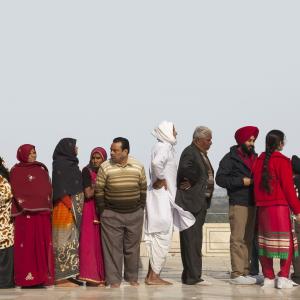
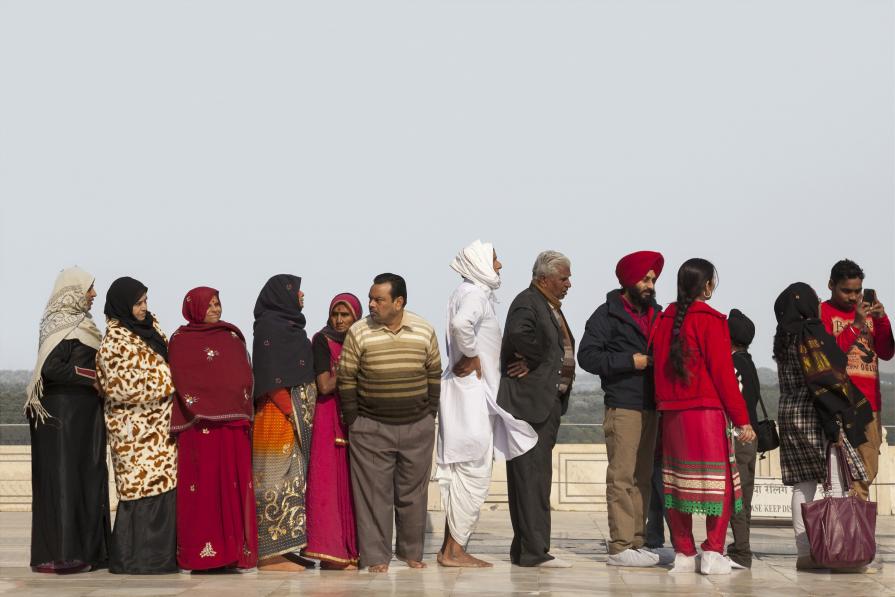
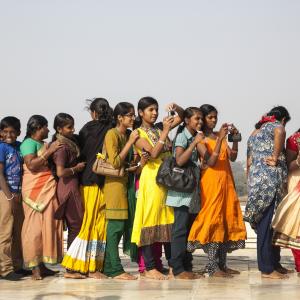
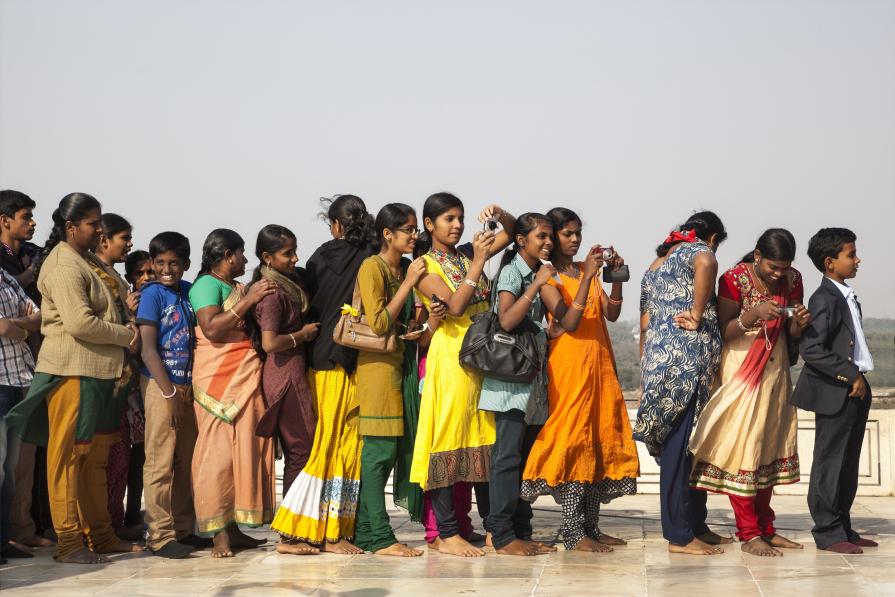
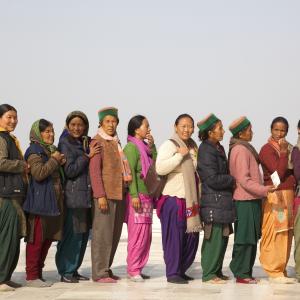
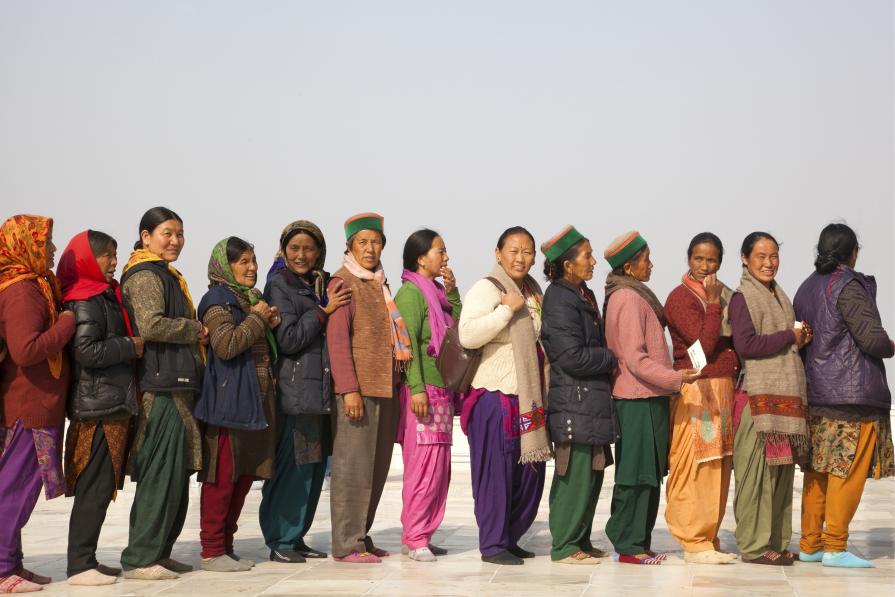
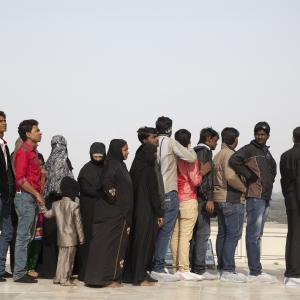
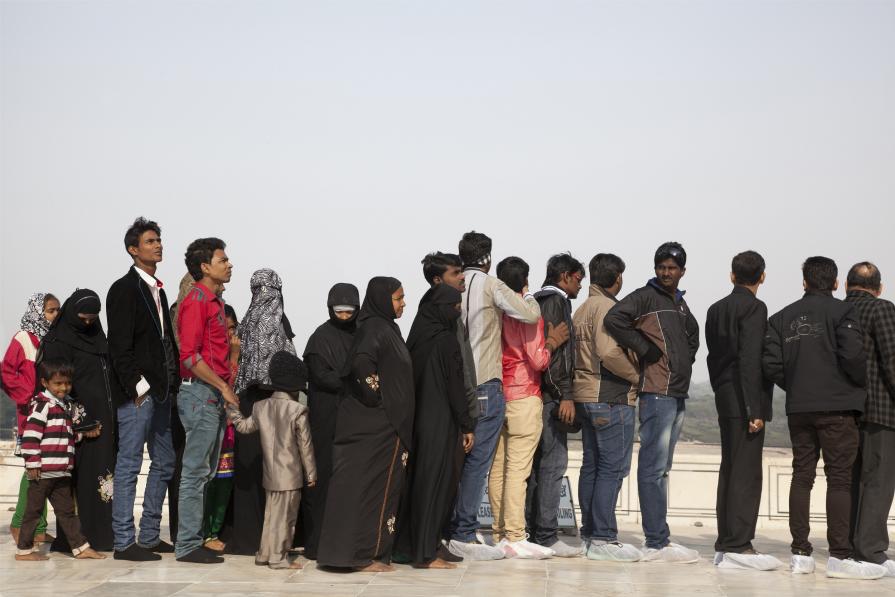

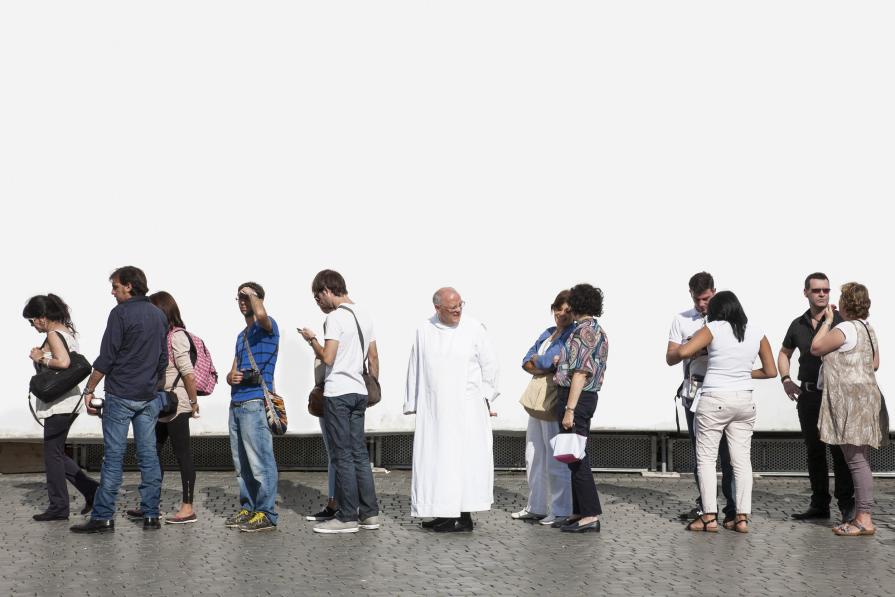


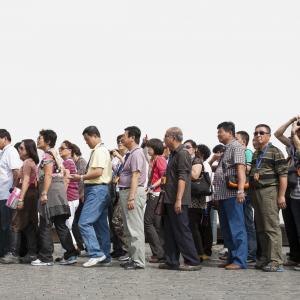
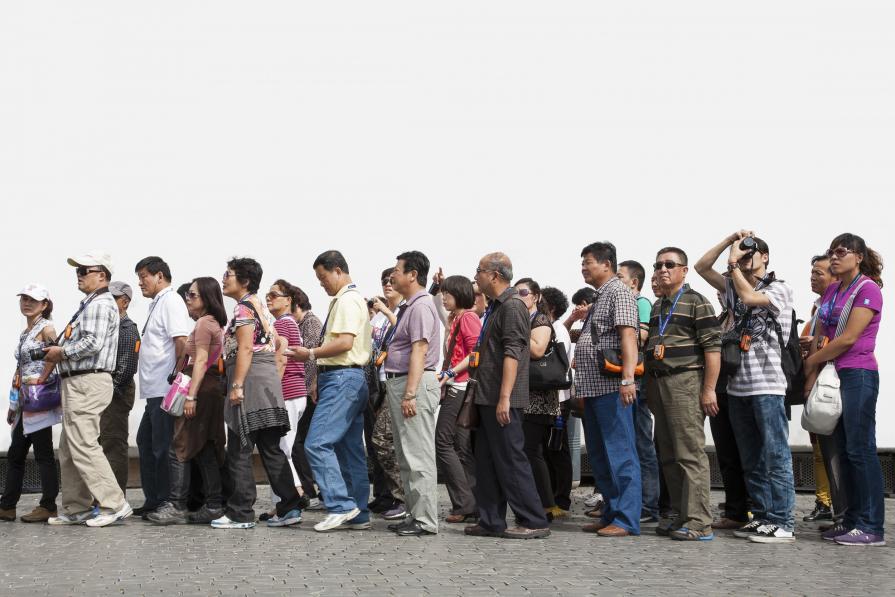

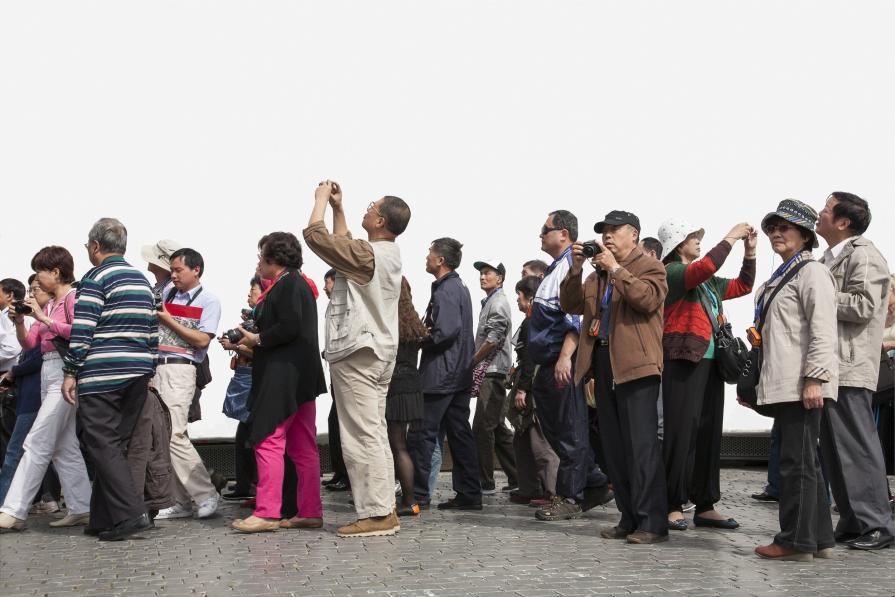

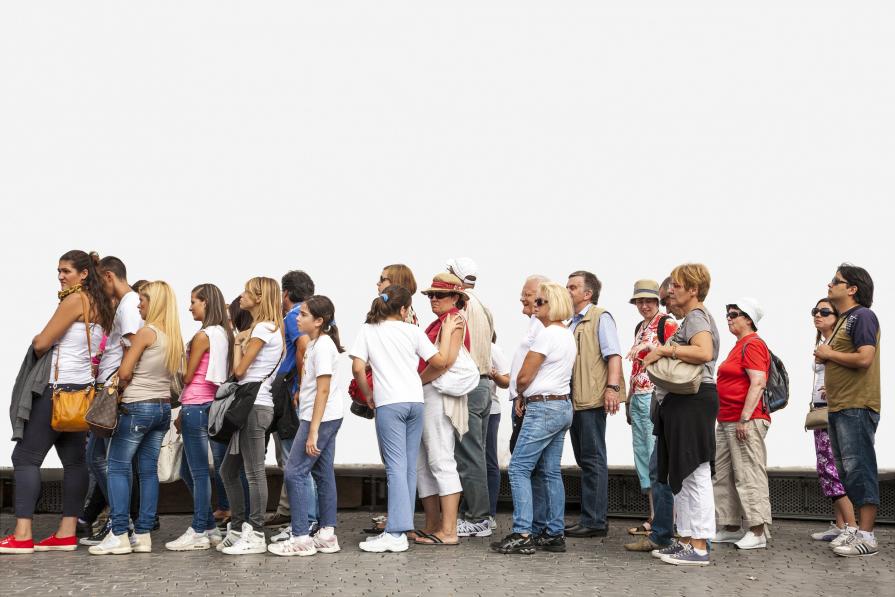
















Commenti 0
Inserisci commento